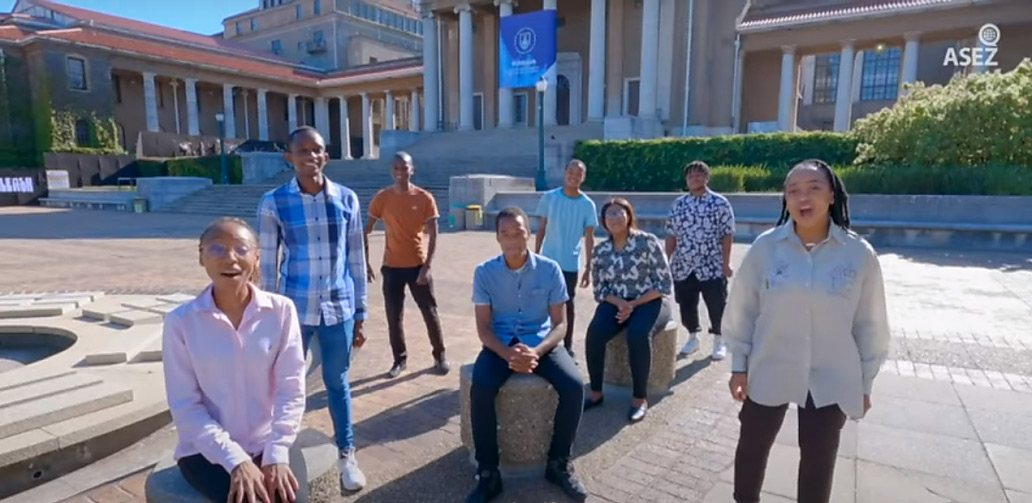“Hard times don’t create heroes. It is during the hard times when the hero within us is revealed.”
Bob Riley, Former Alabama Governor
Our heroes were always with us in this era of COVID-19 pandemic.
We all played our role in darkness, protecting the daily life of our local community and the rights of our local members.
ASEZ Cheer up Concert was held to deliver a message of appreciation to all our heroes, including the professors who make efforts to teach the students in our colleges.
From March 27 to April 10, more than 30,000 people from eight countries, including the Rep. of Korea, Nepal, Vietnam, Hong Kong, India, Peru, the Philippines, and the U.S., watched the concert via YouTube streaming.


The concert started with a video that introduces ASEZ cheer up activities for our neighbors and educators. On the other hand, it re-examined the limits of online learning, and showed the efforts of our educators around the world to overcome these crisis. President of New Jersey City University Sue Henderson appreciated the university professors, “the leaders” for their efforts, using the quote from the former President John Quincy Adams: “If your actions inspire others to dream more, learn more, do more, and become more, you’re a leader.”
Professor of Barnard College of Columbia University Lisa Son emphasized the importance of metacognition which is a self-reflective process, not looking at our external appearance but looking internally. In addition, she explained that we need to focus on the process—the experience and the failure that we took—to make the success, not the result itself; she emphasized that we need to be able to ask others for help and have no fear of making mistakes.
Next were the choir and orchestra performances, consisting of ASEZ university students around the world to thank the educators.
The first song was “Right Now, Right Here,” which delivered the message of hope that the actions we take can make this world a better place.






The university students played a solo performance, brass band performance, etc., showing that we can overcome this crisis together. Lastly, they sang “You Will Be Found,” and expressed that each of us are not alone, and that we all have each other.

In the midst of the chorus, ASEZ Cheer Up activity for professors was introduced on the screen. They delivered thank-you letters and cheer-up packages to professors who persevered to develop better ways to teach in response to online learning, ensuring their students the right to education for better future even in this crisis. Watching the video, the professors were moved.






Assistant Professor Aaron Barnes said, “There’s not an organized group of people saying, you know, we appreciate what you’re doing. And that’s encouraging. It helps us do it again.” Professor of University of Connecticut Alina Lerman said, “Having the students express appreciation is just making it extra special,” reminding of the power of having respect and appreciation to one another. “Nothing like this has ever happened to me in my teaching career,” said Professor of University of Connecticut Emeritus Powell, thanking the students for the gifts. Professor Aaron Barnes pointed out that he has to try to be human and love the students who need the support.

In this age, personal issues become social issues, and all mankind is facing a hard time. However, we can make this world a much better place when we treat each other as human beings, show interest to those in need, and express gratitude to our neighbors who work hard to protect our daily lives; though we might have taken them for granted, starting from where we are right now.
We hope that we all can be thankful for the people around us.